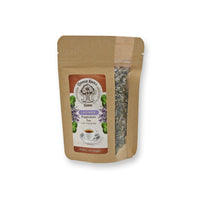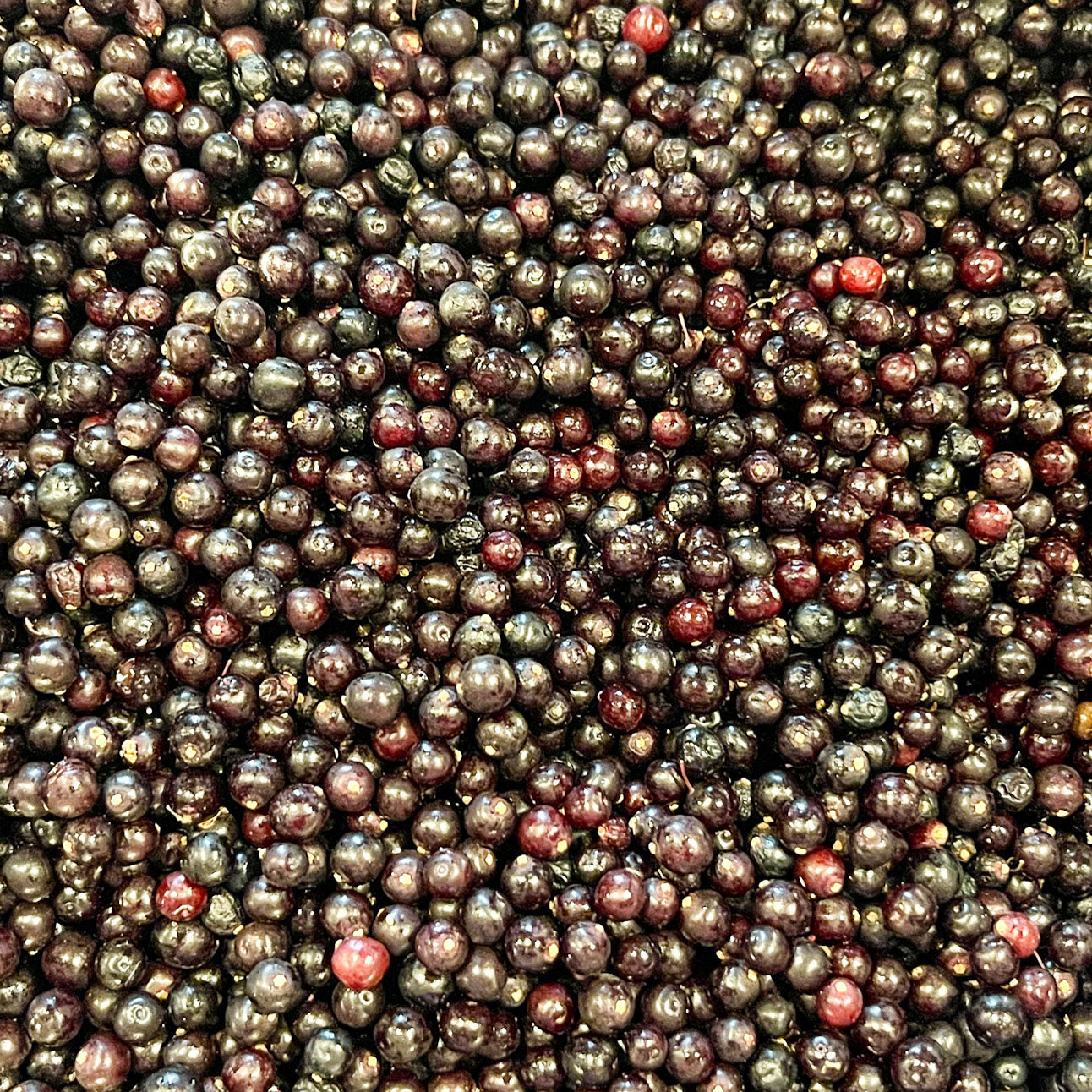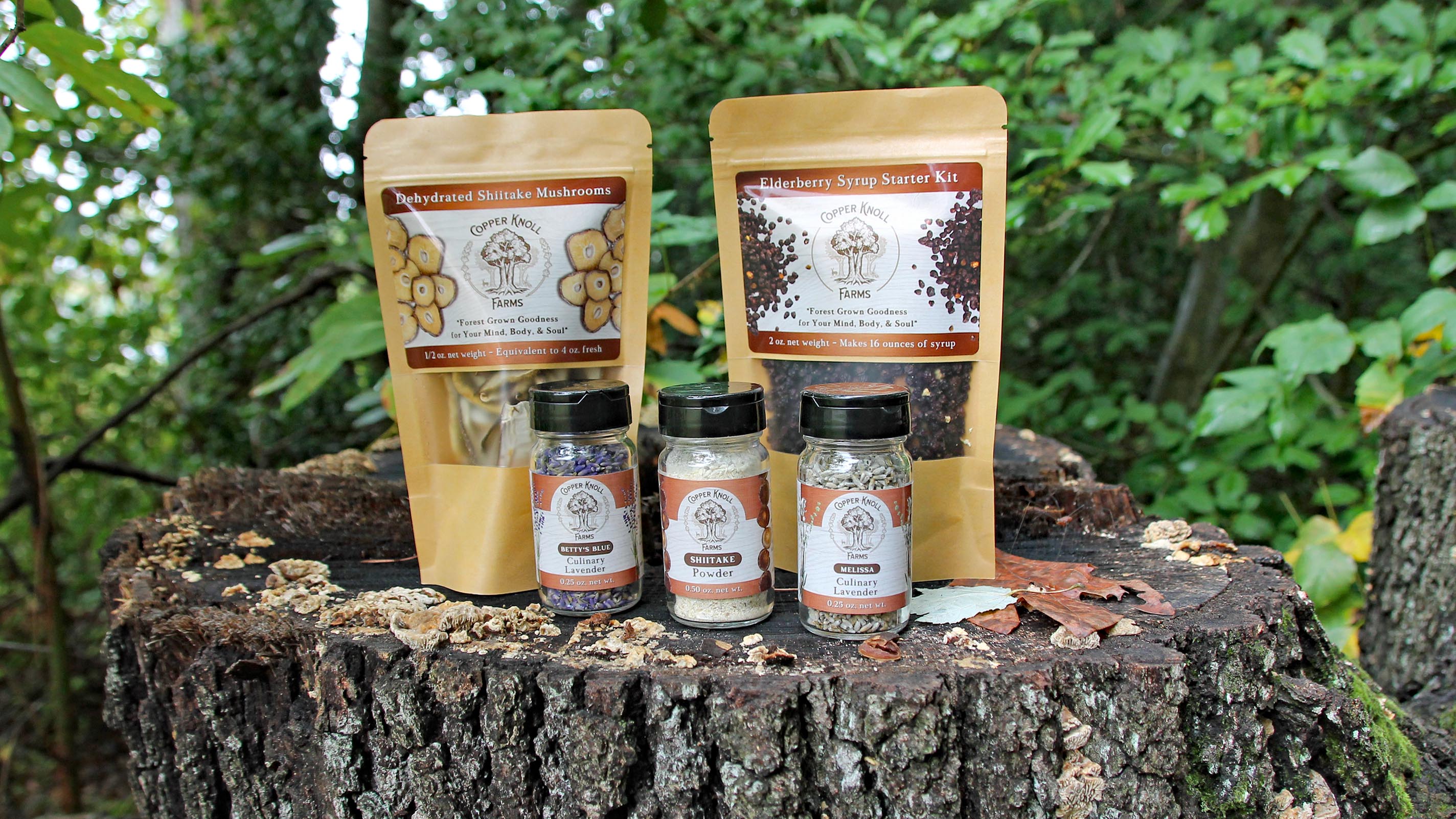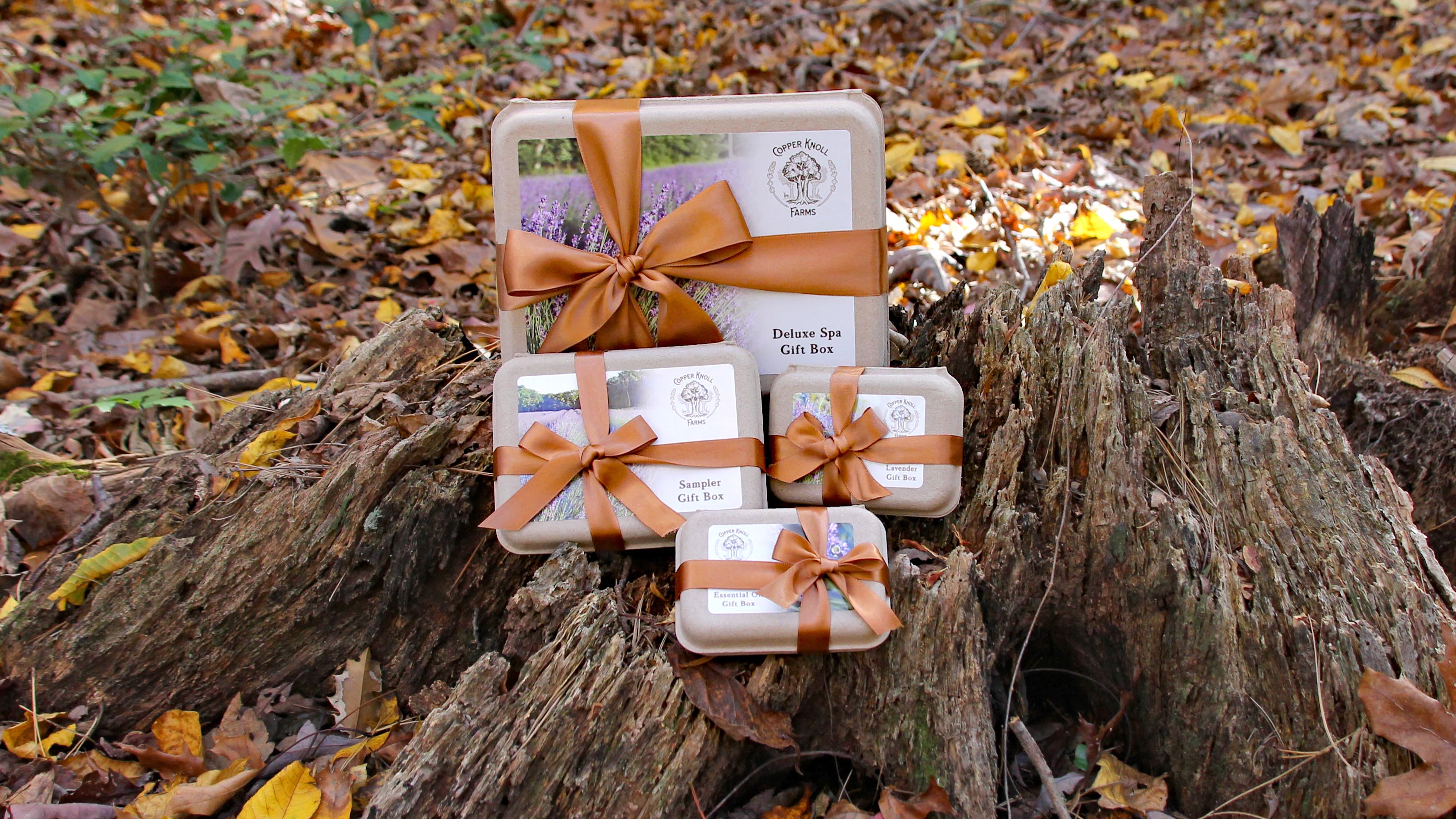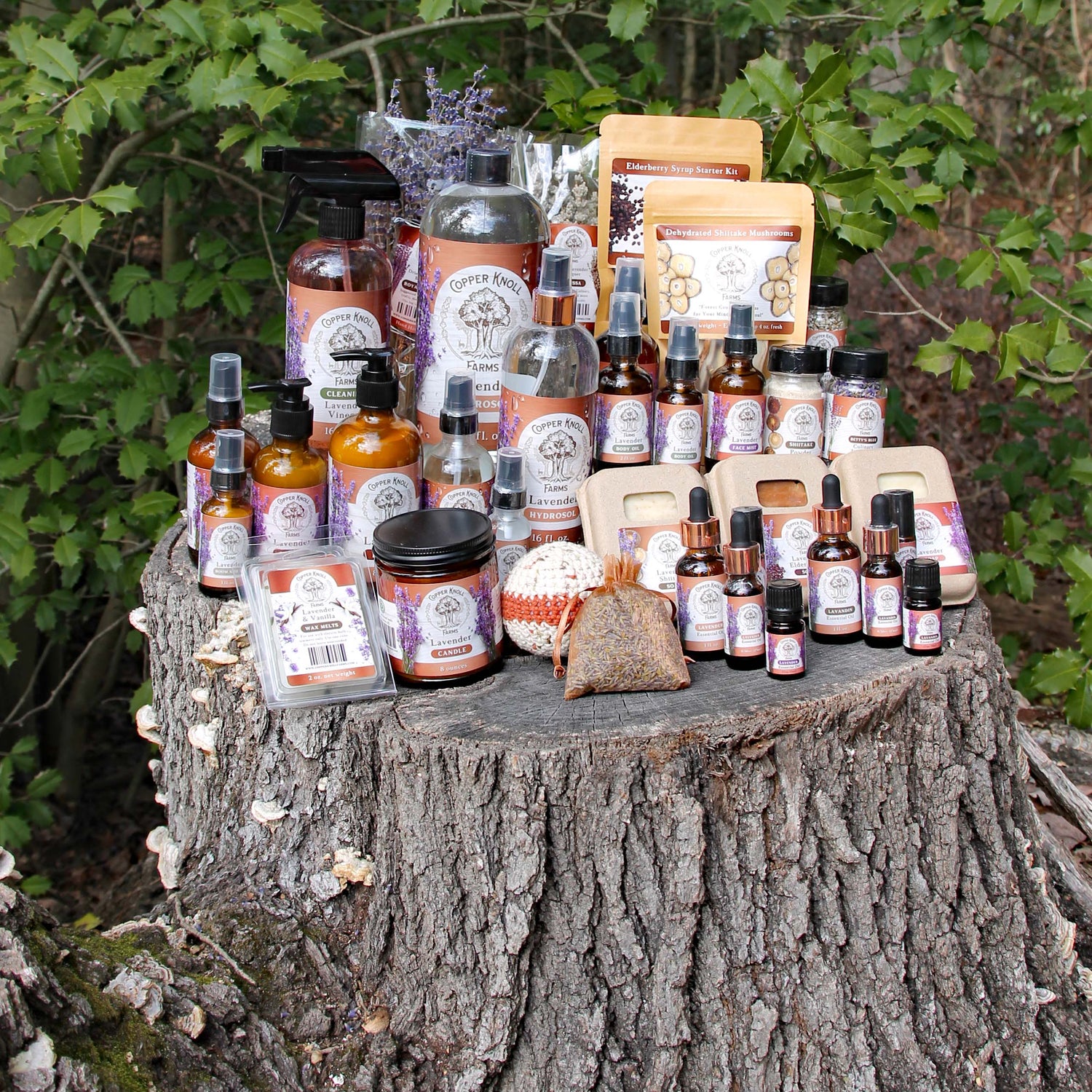The Sleep Struggle is Real
If you’ve ever found yourself staring at the ceiling, waiting for sleep to come, you’re not alone. According to the Centers for Disease Control and Prevention (CDC), about 35% of adults in the U.S. don’t get the recommended seven hours of sleep per night. Additionally, the American Academy of Sleep Medicine reports that one in three adults struggles with insomnia at some point in their lives. Sleep deprivation not only affects mood and productivity but also weakens the immune system and increases the risk of chronic conditions like heart disease and diabetes.
The good news? You can train your brain to fall asleep more easily by creating a consistent nighttime routine. While lavender is well known for its relaxing properties, it works best as part of a structured sleep habit that signals to your body that it's time to wind down.
My Postpartum Experience: Sleepless Nights & The Power of Routine
Ironically, one of the hardest times in my life to sleep was when I was utterly exhausted—right after having my babies. The unpredictable nature of newborn sleep meant that I never knew when I’d be up again for the next feeding, making it difficult to truly relax at night. Even when I had the chance to sleep, my body remained on high alert, waiting for the next cry.
I quickly realized that if I didn’t create a routine to help myself wind down, I would never get quality sleep. So, I built a ritual that included rotating between boiling bananas to make a natural sleep tea, drinking warm milk, and eating dates in the evening—all of which are known to promote relaxation and melatonin production. While these natural remedies helped, it was truly the consistency of my routine that signaled to my brain, "It's time to rest."
How to Build a Sleep-Inducing Routine
A good sleep routine isn’t just about what you do right before bed—it’s about training your body to recognize cues that it’s time to sleep. Here’s how you can start:
1. Set a Consistent Bedtime
Our bodies thrive on routine, and sleep is no different. Going to bed and waking up at the same time each day—even on weekends—helps regulate your circadian rhythm, the internal clock that governs sleep-wake cycles.
Many people assume they can "catch up" on sleep by sleeping in on weekends, but this actually disrupts your natural rhythm and can lead to grogginess and poor sleep quality during the week.
Try This:
- Pick a bedtime and stick to it within a 30-minute window each night.
- Wake up at the same time every morning, even on weekends.
- If needed, adjust your schedule gradually by moving your bedtime up by 15-30 minutes per night.
2. Limit Screen Time Before Bed
Scrolling through your phone or watching TV in bed may seem harmless, but the blue light emitted from screens suppresses melatonin, the hormone responsible for making you sleepy. This makes it harder for your brain to recognize that it’s nighttime.
Instead of screens, engage in relaxing, non-stimulating activities that help your mind unwind.
Try This Instead:
- Read a physical book (not an e-reader with blue light).
- Write in a journal to offload thoughts and worries before bed.
- Practice deep breathing or meditation to ease your body into rest mode.
3. Create a Relaxing Ritual
A structured bedtime routine trains your brain to associate certain activities with sleep, making it easier to drift off at night. Engaging in relaxing activities before bed tells your body it’s time to transition from wakefulness to rest.
Examples of Calming Rituals:
- Take a warm bath or shower to relax tense muscles.
- Do gentle stretching or yoga to relieve built-up tension.
- Listen to calming music, white noise, or a guided sleep meditation.
The key is consistency—the more regularly you repeat these activities, the stronger the signal to your brain that it’s time to sleep.
4. Be Mindful of Evening Nutrition
What you eat and drink before bed can either promote sleep or keep you tossing and turning. Heavy meals, caffeine, and sugar can interfere with restful sleep, while certain foods naturally boost melatonin and relaxation.
Sleep-Promoting Foods to Try:
- Bananas (rich in magnesium and potassium, which relax muscles)
- Almonds or walnuts (contain melatonin and healthy fats)
- Dates (high in tryptophan, which aids serotonin production)
- Warm milk or chamomile tea (both contain compounds that promote relaxation)
Final Thoughts: Small Changes for Better Sleep
Good sleep isn’t just about one quick fix—it’s about building habits that teach your body when to wind down. Whether it’s setting a bedtime, avoiding screens, or incorporating lavender into your nightly routine, the key is consistency.
If you’re struggling with sleep, start by adding just one or two of these suggestions to your routine and adjust as needed. Over time, your body will recognize the signals and transition into sleep more easily.
Do you have a nighttime routine that works for you? I’d love to hear about it—drop a comment and share your sleep habits!










